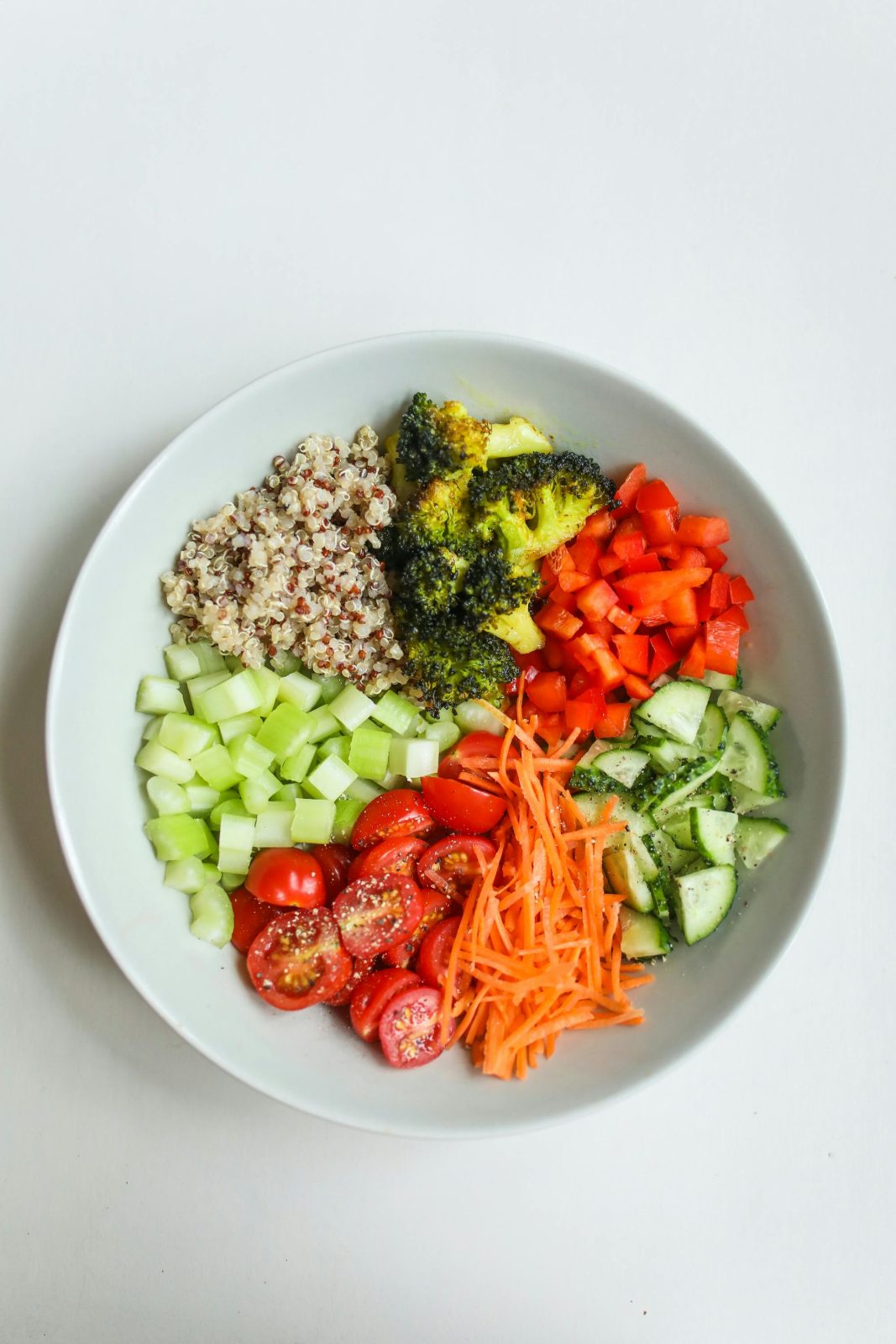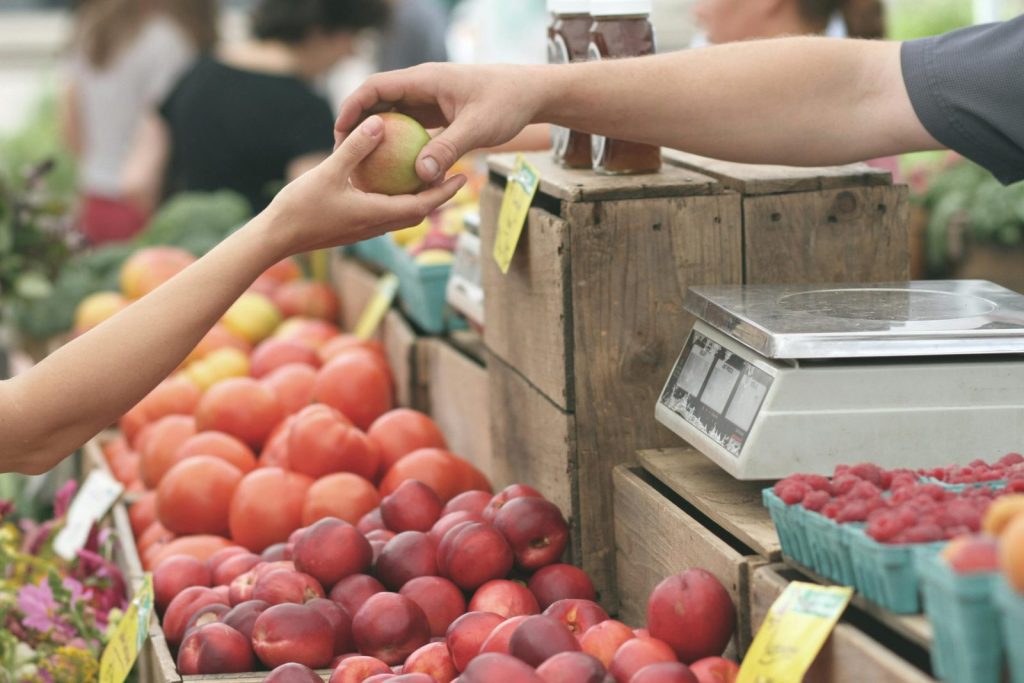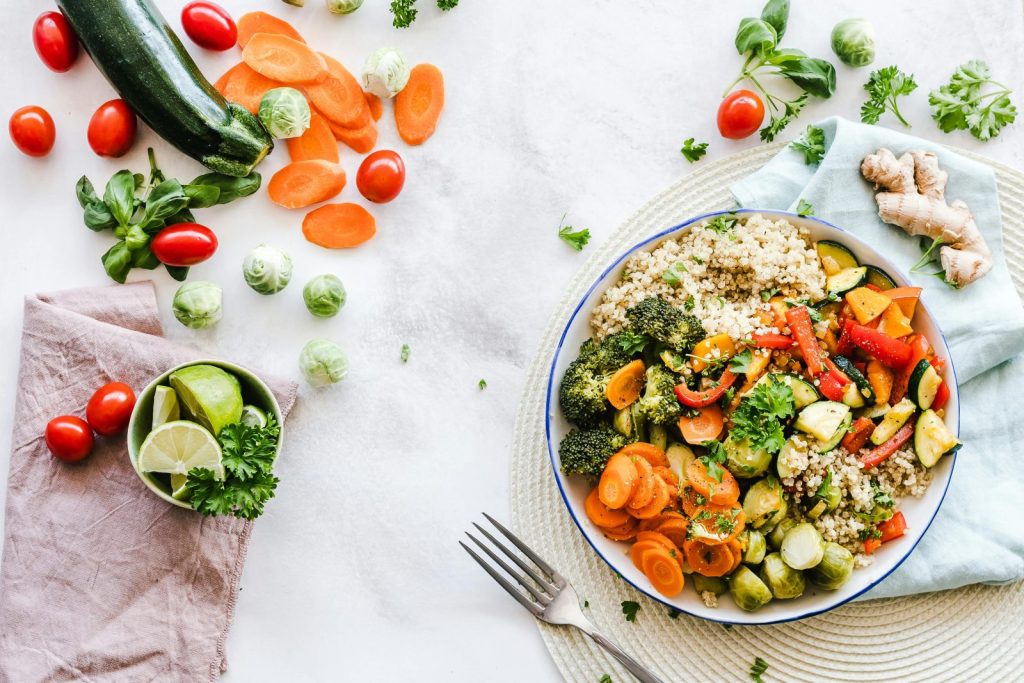
What is sustainable living? How Your Choices Shape a Sustainable Present and Future
By embracing sustainable living, we adopt practices that contribute to the well-being of the environment, society, and economy.

The holiday season is a time for indulgence in meals and often excess in food and drink. We've all been there—one too many helpings of that delicious pie or an extra glass of wine, leaving us feeling sluggish and bloated. But don't worry; you don't need extreme measures to bounce back.
Once the festivities are over, many need a detox. While detox diets might seem appealing, a sustainable approach to eating offers a healthier and longer-lasting way to restore energy and balance while being kind to the planet.

Photo by fauxels: https://www.pexels.com/photo/group-of-people-making-toast-3184183/
One key principle of sustainable eating is reducing waste. Instead of throwing away leftover holiday food, repurpose it creatively. Roasted vegetables can be transformed into a hearty cream soup. Stale bread can be used for croutons or homemade breadcrumbs. If you have leftover cooked grains like rice or quinoa, combine them with vegetables for tasty salads.
Seasonal foods are fresh, nutrient-rich, and eco-friendly since they require less energy for transportation. In the winter months, options include root vegetables like carrots, celery, potatoes, and beets, as well as cruciferous vegetables like kale and cabbage. For fruits, choose apples, pears, or citrus fruits that are fresh and locally available this time of year.

Photo by Erik Scheel: https://www.pexels.com/photo/person-giving-fruit-to-another-95425/
Plant-based eating is one of the most effective ways to reduce your environmental footprint. After the holiday season, give your body a break from heavy, meat-based meals and focus on vegetables, legumes, and whole grains. For instance, make a simple salad with chickpeas, beets, and arugula dressed with olive oil and lemon juice. Or prepare a lentil stew with carrots, onions, and tomatoes—delicious and nourishing on cold days.
Hydration is key for detoxing your body, but there’s no need for expensive detox drinks. Drink plain water, peppermint, or chamomile tea, or add a slice of lemon to your water for a refreshing taste. Avoid bottled water and use glass or metal reusable bottles to minimize plastic waste.

Photo by Elina Sazonova: https://www.pexels.com/photo/woman-holding-wine-glass-selective-focus-photography-1850595/
Alcohol consumption can deplete the body and disrupt electrolyte balance. After such dinners, choose foods that help restore energy and rehydrate your body. Prepare meals rich in water-content vegetables like cucumber, tomatoes, or zucchini. Add legumes or whole grains for an energy boost. For example, create a refreshing salad with quinoa, cucumber, parsley, and lemon dressing. Drink coconut water or isotonic drinks to replenish lost electrolytes, but avoid sugary or fizzy drinks.
Meal planning helps you buy what you truly need and avoid food waste. Make a shopping list based on ingredients you have at home and seasonal products. Shop at farmers' markets or local producers to support the local economy and reduce the carbon footprint associated with food transport.
Example Recipe: Winter Vegetable Cream Soup
Ingredients:
2 carrots
1 potato
1 onion
2 cloves of garlic
500 ml vegetable broth
Olive oil, salt, and pepper to taste
Preparation:
Sauté chopped onion and garlic in olive oil until softened.
Add diced carrots and potato, then sauté briefly.
Pour in the vegetable broth and cook until the vegetables are tender.
Once cooked, blend the vegetables until smooth to create a creamy soup.
Add salt, pepper, and a few drops of lemon juice to taste.
Example Recipe: Quinoa and Roasted Vegetable Salad
Ingredients:
1 cup cooked quinoa
1 zucchini, diced
1 red bell pepper, diced
1 carrot, diced
Olive oil, salt, and pepper to taste
2 tbsp chopped parsley
Juice of 1 lemon
Preparation:
Preheat the oven to 200°C (400°F).
Toss the diced zucchini, red bell pepper, and carrot with olive oil, salt, and pepper. Spread on a baking tray and roast for 20-25 minutes.
In a large bowl, combine the cooked quinoa, roasted vegetables, and parsley.
Drizzle with lemon juice and adjust seasoning as needed.
Serve warm or cold as a nutritious and flavorful meal.

Photo by Ella Olsson: https://www.pexels.com/photo/flat-lay-photography-of-vegetable-salad-on-plate-1640777/
Sustainable eating after the holidays is not just a passing trend but an opportunity to change habits and introduce long-term improvements that benefit you and the planet. Small changes, like reducing waste, buying local produce, and preparing plant-based meals, can make a big difference. Instead of focusing on strict diets, choose balance and sustainability as your path to a healthier and happier life.

By embracing sustainable living, we adopt practices that contribute to the well-being of the environment, society, and economy.

Sustainability goes beyond admiration; it is a commitment to maintaining the delicate balance between our species and the planet.

Dive into the world of traditional board games and discover their diverse health benefits. Explore expert insights on how these games contribute to well-being and mental acuity.

Natural deodorant is an effective and environmentally friendly product. It is a healthy option since traditional antiperspirants often contain chemicals.

Let’s discover the environmental impact of household waste, and hopefully, this will inspire us to create a new mindset.
Welcome to Sustainable Living by Science. With our scientific mindset, we are exploring how to nurture our well-being while caring for the environment. We are sharing the meaning of sustainability through evidence-based practices. Join us on this journey towards a greener, healthier future where science guides us to make the best choices for ourselves, the planet, and others.
All content is © 2024 by Sustainable Living by Science. All rights reserved.